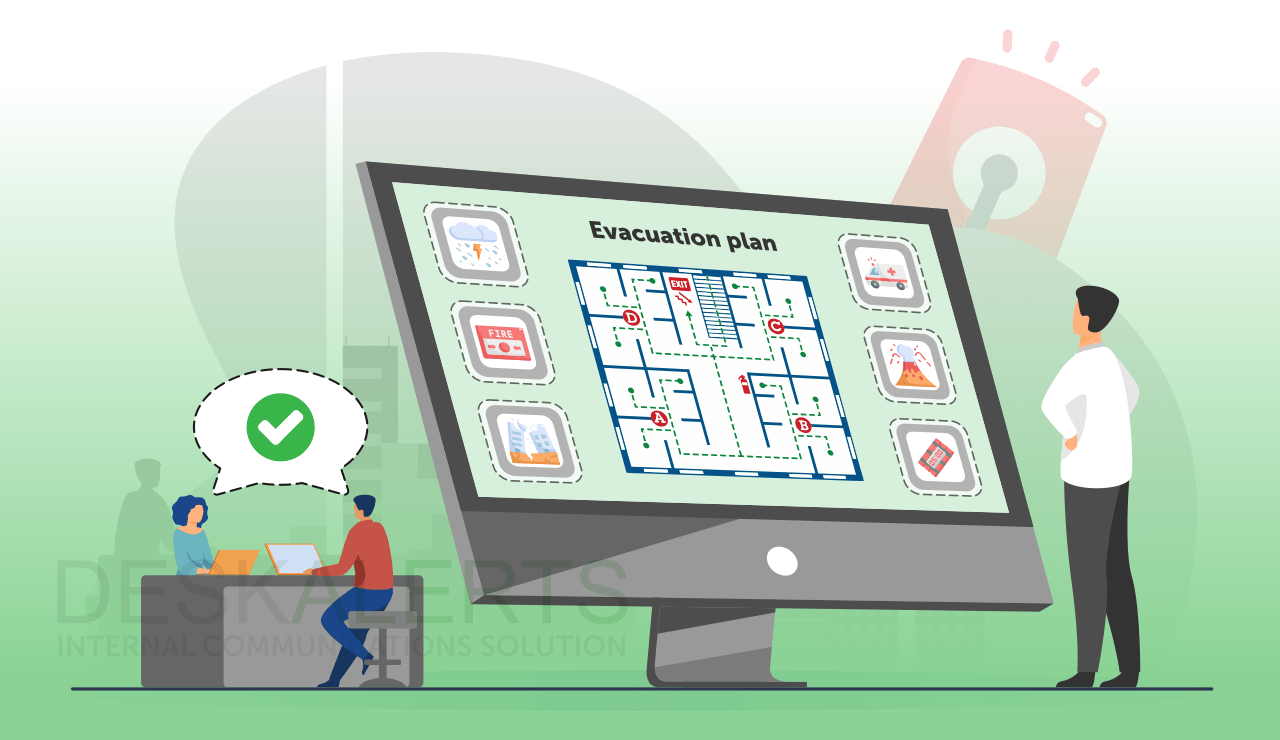As a manager, communicating with employees is vital to the operations of your organization. What is worrying is that according to a survey created by the O.C. Tanner Corporation, only around 30 percent of staff members truly comprehend the business strategies of the organization they work for. This then means that a lot of managers actually fail at being able to consistently communicate with their employees effectively. Lack of effective communication then results in a work environment that is indecisive and uncertain. Remember that an employee who isn’t certain about his role and responsibilities is unable to be as productive as he or she can be. It is therefore important that companies not only find a fitting platform in which to communicate with employees, but to make sure that the message that is to be relayed is actually understandable and is able to boost engagement and motivation.

The following are some platforms managers can opt for when communicating with employees:
1. Meetings
While some may find meetings tedious and unnecessary, truth of the matter is, meetings allow for focused attention on important things that need to be discussed. However, while managers may want to keep on talking and talking about the things they want to emphasize, long-winded monologues do not exactly capture the attention of employees. Instead of just taking over the meeting, managers should allocate time for staff members to speak, ask questions and share ideas. Meetings and communicating with employees, after all, are two-way processes.
A good addition to meetings would be an additional 15 minutes at the end of the meeting to give focus on an open forum.
2. Over the phone
Whether it be a landline or mobile phone, this communication tool is indispensable when it comes to communicating with employees as well as clients and potential customers. Aside from communicating through voice, people can also opt to communicate through text as well. This allows for faster and more convenient communication, especially when the parties involved are not in the same location.
However, telephone interaction lacks the presence of nonverbal cues. People are unable to communicate through gestures and facial expressions, and those who receive messages may be unable to interpret what is sent correctly due to the lack of these nonverbal cues. Because of the said reasons, it is best to avoid telephone conversations that are emotive subjects. Also, if you are send a message over the telephone, ask the other person to repeat your message in order to make sure that his or her interpretation is correct.
3. Face-to-Face
In a national survey created by the Corporation for National & Community Service, workers in the United States prefer face-to-face communication over other forms of communication. This is because face-to-face communication not only involves the message, but the delivery of the message through tone and nonverbal cues.
Due to the presence of nonverbal language, managers should therefore also be more aware of how they deliver their messages and how they listen to the messages being relayed to them by staff members. If done properly, employees will feel valued and listened to, and therefore become more responsive to and engaged with the conversation.
4. Through writing
One of the most effective ways to communicate with staff members is through email. However, like the telephone, email also lacks tone and nonverbal language which could help in the delivery and proper interpretation of messages. Because of this, email messages should be precise and straightforward. Ambiguous wording can lead to assumptions, and assumptions can potentially lead to confusion, frustration and friction.
Other ways of communicating with employees through writing are newsletters, memos, press releases, and personalized letters. Try to avoid utilizing these tools for emotive topics as it may alter the interpretation and delivery of messages.





-2.jpg)

